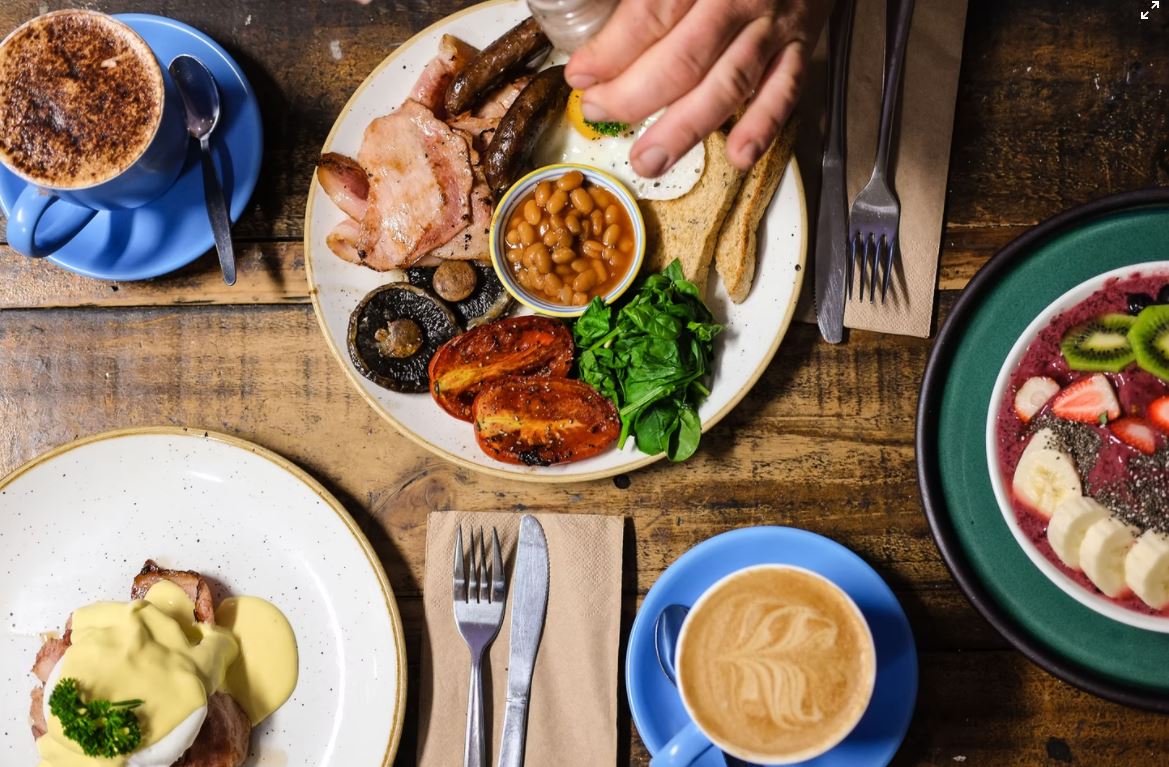Sauces, Garnishes and Accompaniment

Sauces

Sauces have a very important purpose in cookery as they can enhance and intensify the quality of the food they are served with. For example, poaching a fillet of fish often causes a dry texture. To avoid this, you can reduce the poaching liquid in a pan to concentrate the flavour, add some wine, cream and seasoning and then thicken the liquid. The result is a creamy sauce that complements the texture of the fish and adds moistures and flavour.
Sauces may be ready made sauces, usually bought, such as soy sauce, tomato sauce, or freshly prepared by the cook; such as Béchamel sauce, which is made just before serving. Sauces for salads are called salad dressing. Sauces made by deglazing a pan are called pan sauces. Sauces add appearance, moisture, flavour and appetite appeal and if needed can be served separately to prevent the food from becoming soggy before the customer gets it or if the customer requests to have it separately as they are not sure they will like it.

Garnishes

Food garnishes are decorations added to an item for colour contrast and to provide visual appeal and flavour. Garnishes can be cooked or raw and must be edible and appropriate to a particular dish. For example, adding a twist of lemon or orange with glace cherries to a steak is inappropriate as their flavours are not compatible with that of the steak. A garnish provides a visual element that gives food a special finishing touch. Most food presentations need to be garnished but not on all occasions as adding another element may confuse the presentation rather than complement it.
The garnish selected must:
- Suit the occasion, the dish and the main ingredient
- Have a function on the plate e.g. garnish to give height or colour
- Always harmonise with the finished product. Never overshadow the food, keep it simple
- Take advantage of the natural features of the ingredients e.g. the unusual shape of a vegetable can add interest rather than adding a garnish: the specific colour of fruit or the texture of cereal can also add interest rather than adding a garnish.

Accompaniments

Accompaniments are items used to accompany or serve with the main ingredient of the dish. They may include the garnish, sauces and vegetables or even the side salad.
Examples of traditional accompaniments:
- Roast beef with mustard or horseradish
- Roast turkey with cranberry sauce, roast vegetables
- Indian curry with poppadum’s, raita, chutney
- Roast Lamb with mint sauce, vegetables, gravy
- Roast Pork with apple sauce, stuffing
- Seafood with lemon wedge
